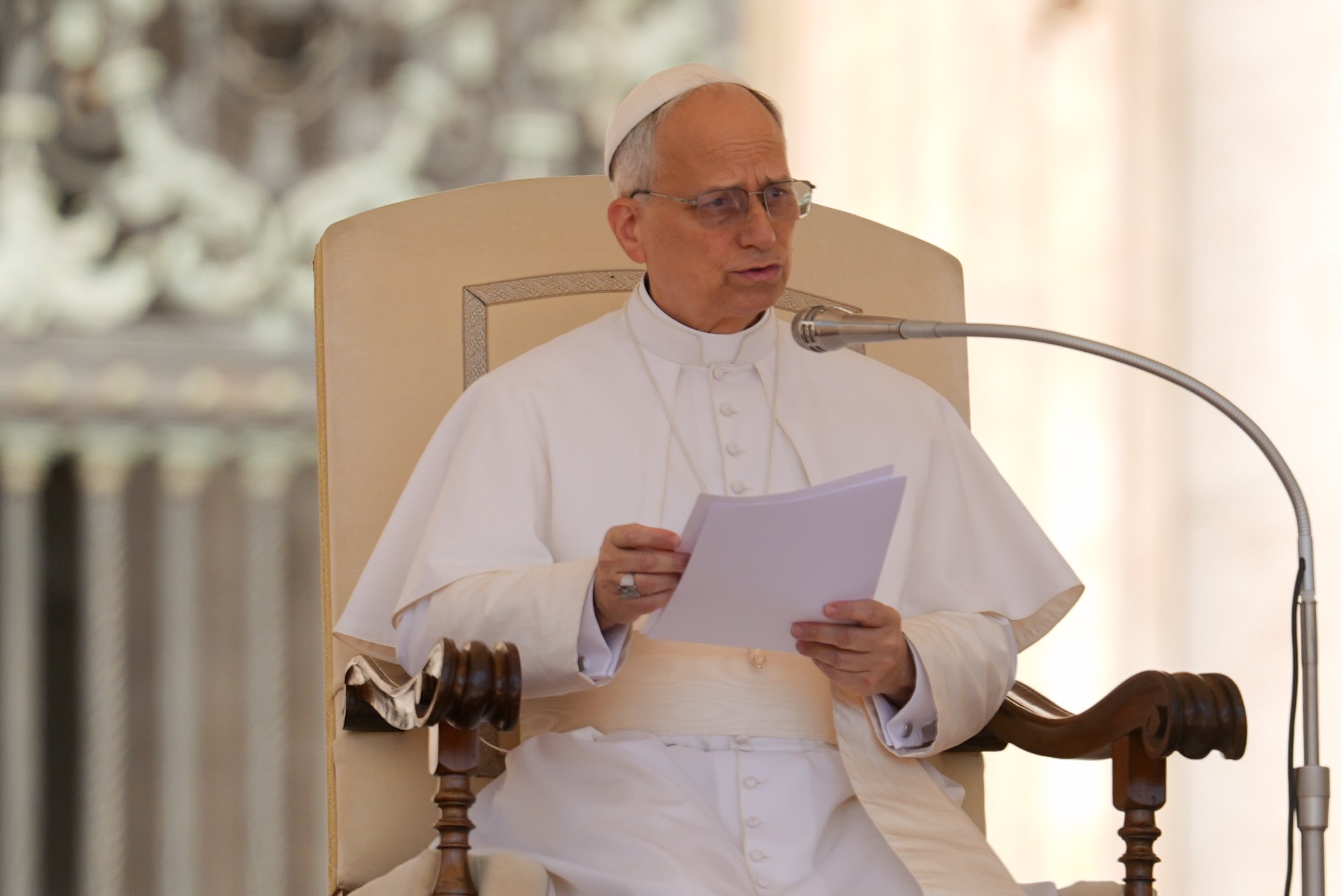April 6, 2018 at 1:53 p.m.
ANALYSIS
Vatican II hopes visible in Schenectady linkage
Vatican II hopes visible in Schenectady linkage
Many were shocked that the man elected as a transitional leader after the lengthy and tumultuous reign of Pope Pius XII had such vision. Their initial reaction was to try to prevent him from making big changes. Eventually, though, these efforts failed and the Church was greatly changed into the very alive and dynamic organism it is today.
In many ways, "Called to be Church," the diocesan pastoral plan, is bringing about the openness to the Spirit that the council sought.
The final Called to be Church plan emerged from a two-and-a-half-year process.
Parishes were placed into local planning groups to encourage cooperation and sharing as they contemplated shifts in demographics, resources and priests.
These groups made recommendations that shaped the decisions of Bishop Howard J. Hubbard on which parishes needed to be closed, merged or linked, and how to go about making these changes.
The process has already begun to yield fruit in many areas of the Diocese. One such area is along the border between Niskayuna and Schenectady, in the parishes of St. Helen's and Our Lady of Fatima (OLF). These two parishes linked with a view toward a potential future merger.
Early start
The parishes had been working together before the process even began, and they formed a rare cluster in that they had only one priest. That forced them to coordinate their Mass schedules.
According to Fred Shellard of OLF, this helped in that it created a "linked community" before the official linkage was finalized. This spirit of cooperation continued into the process, and the parishes were thus fortunate in that they did not need to start from scratch.
Deacon Richard Thiesen, parish life director for OLF, described the result of the official linkage as positive.
"We need to acknowledge people's tears and let them know that their feelings are valued and valid," he said, "but at the same time we need to help them see reality."
He said that sharing ministries had the effect of "broadening the scope of people's view of the Church beyond the parish."
Rev. Robert Longobucco, pastor of St. Helen's, spoke of the process similarly. He said that even the initial change of cutting back the Mass schedule caused some mixing of parishioners.
As Dan O'Connell of OLF put it, "We have had a cross-pollination of ideas and are sharing our staffs." Many of those involved view this sharing as a good sign of things to come.
Opening up
This broader understanding of the Church is a manifestation of a larger phenomenon that has been a long time coming. The Church is changing from a closed system, which set the rules for the environment, to an open one, which must be dynamic and, to some extent, adapt to its surroundings.
As Deacon Thiesen said, "We have to ask ourselves whether the parish is our world or the world is our parish."
At its height, the Catholic Church in America was viewed in the former of these two lights. Now, as John XXIII realized, the world is changing; Catholics are becoming more and more integrated into society.
So, too, must the Church. In part, this is being realized through the pastoral planning process and in these two Schenectady County parishes.
Susan Winchester, also of OLF, said that she knew this was coming 20 years ago, when her pastor warned of a future where laity would have to replace priests in many respects. Both Father Longobucco and Deacon Thiesen agree that Called to be Church has served to open the Diocese to this future, when laypeople will need to share to make sure that Christ's work can still be carried out.
As painful as it may be for people to lose the parishes in which they grew up, this process should ensure that the mission of the Church will continue for generations to come.
"I have a lot of hope going forward," Father Longobucco said. If his local group is any indication, his hope, like that shown by John XXIII when he called the council, is not misplaced.
(William Grebe, a junior and classics major at the College of the Holy Cross in Worcester, Mass., served as a diocesan research intern this past summer.)
(10/15/09) [[In-content Ad]]
MORE NEWS STORIES
VIDEOS
SOCIAL MEDIA
OSV NEWS
- Inspired by millennial soon-to-be-saint, Irish teens create animated Lego-Carlo Acutis film
- Anxiety, uncertainty follow Trump travel ban
- Supreme Court rules in favor of Wisconsin Catholic agency over religious exemption
- Analysts: Trump’s action on Harvard, Columbia could have implications for religious groups
- Commission tells pope universal safeguarding guidelines almost ready
- Council of Nicaea anniversary is call to Christian unity, speakers say
- Vatican office must be place of faith, charity, not ambition, pope says
- Pope Leo XIV names Uganda-born priest as bishop of Houma-Thibodaux
- Report: Immigration data ‘much lower’ than Trump administration claims
- Religious freedom in Russia continues to decline, say experts







Comments:
You must login to comment.